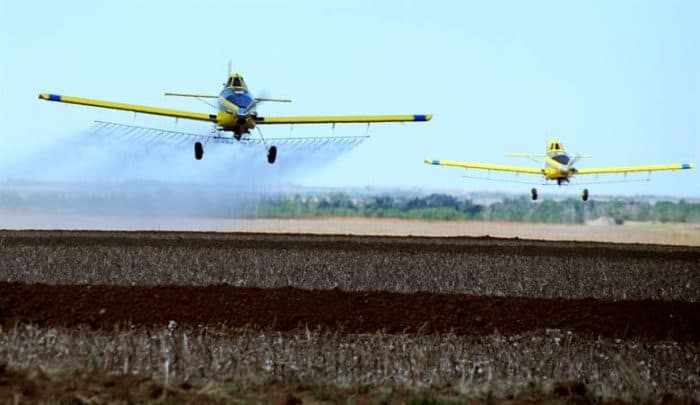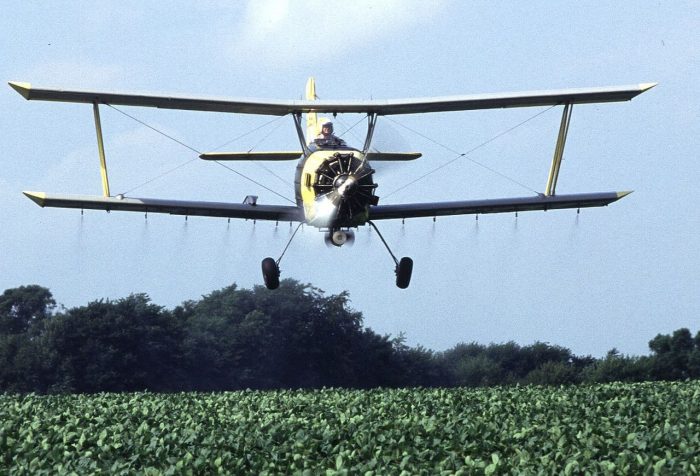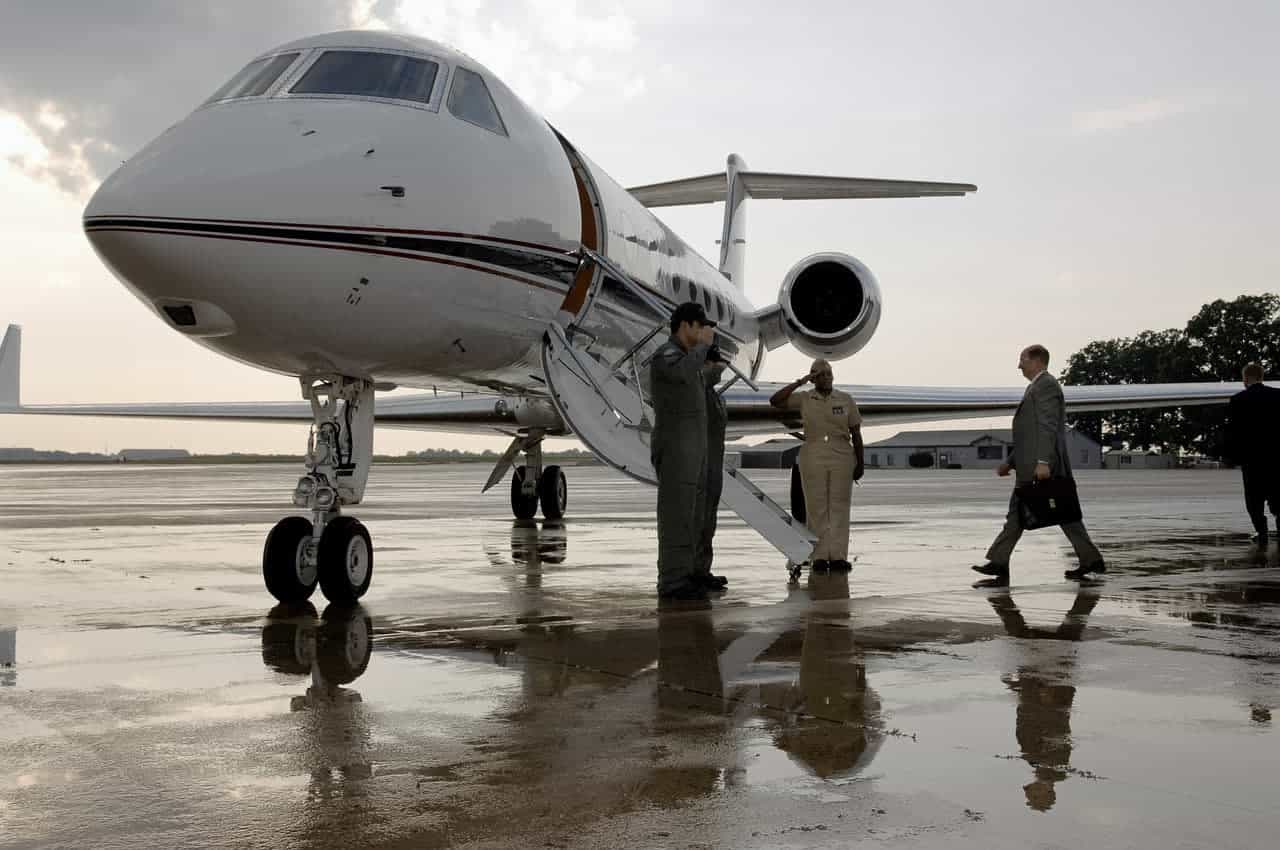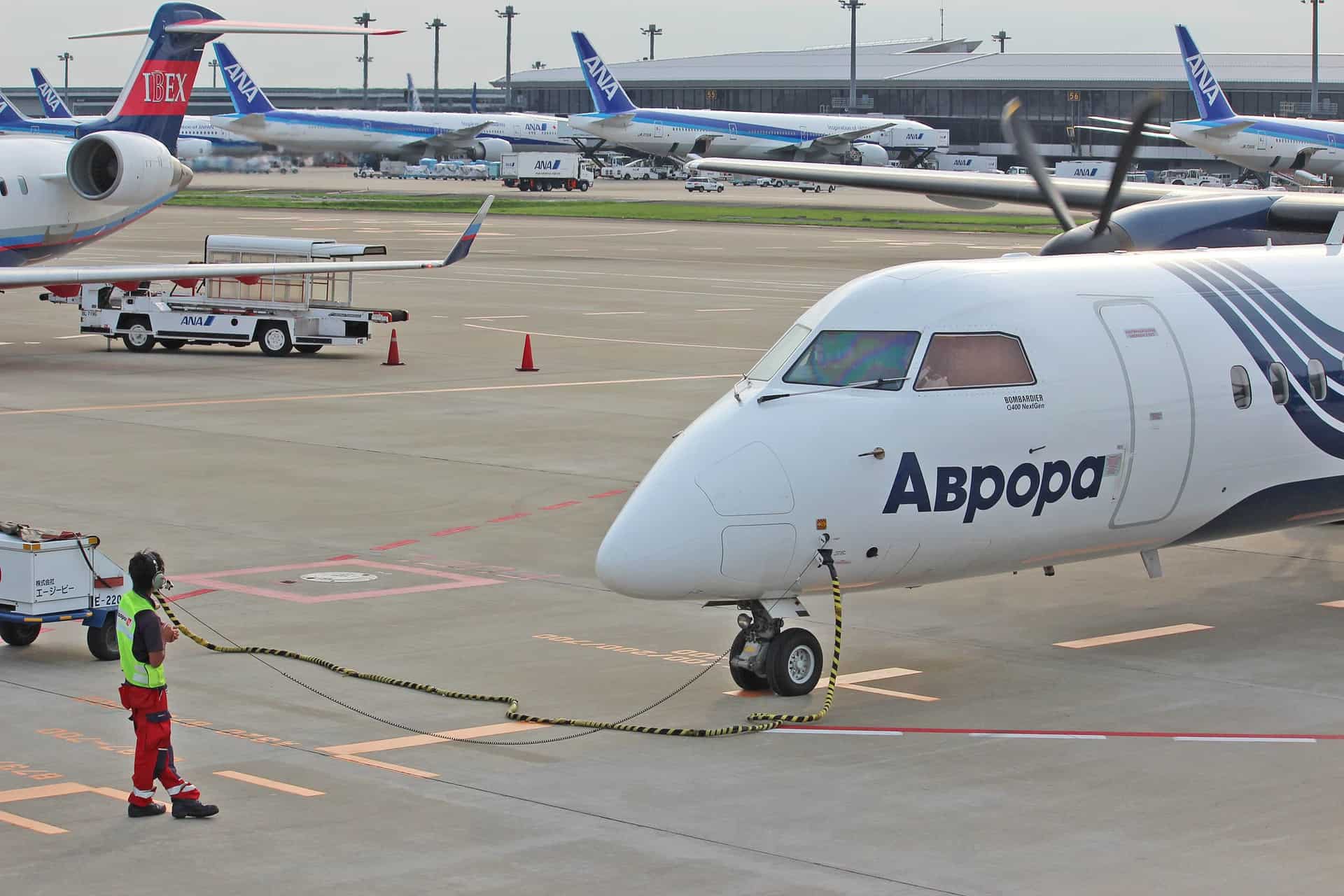Crop dusters, ag pilots who specialize in spraying agricultural areas, is a specialty pilot service that’s growing fast. It’s thanks to them that we’re able to grow crops so efficiently. But what about the growth of their own salaries? And which factors influence the annual salary?
Table of Contents
How Much Do Crop Dusters Make?
The answer to how much crop dusters are paid, as with so many other industries, depends on a variety of factors. Qualifications, experience, and a host of other factors can help determine how much a pilot makes. Salary can range anywhere from $20,000 up to $100,000 or more.
It isn’t impossible for ag pilots specializing as crop dusters to earn in the high five figures or beyond – and here’s how and why that’s the case.

The Crop Dusting Industry
For those who don’t work in the industry, it can be all too easy to overlook just how complex it is and how much goes into crop dusting. For one thing, the popular image of simply spritzing a few plants is erroneous.
According to JobMonkey.com, while crop dusters do indeed fly at low altitudes, they don’t just spray water, but also fertilizer, fungicide, and pesticides. They spray more than 180,000,000 acres of farmland in the United States alone.
Crop Dusting is Dangerous
What’s more, while steep daring dives a la North By Northwest aren’t typical, crop dusters do indeed fly at low altitudes, and this can be dangerous even if done correctly.
The importance, intricacy, and hazards of the job all contribute to the position’s increasing salary.

According to InternationalStudent.com, crop duster pilots pilots have to undergo a great deal of training before they are cleared to fly crop dusting missions.
The cost of that training is then reflected in ag pilot salaries, meaning that investing in a license to do crop dusting can pay off long-term if work is found.
How To Become a Crop Duster (Ag Pilot)
In order to become a crop duster and work as an ag pilot, a pilot will have to undergo a series of examinations set forth by the FAA. These include a medical examination as well as 250 hours of flight time.
Once those prerequisites have been reached, the pilot can apply for special training programs which will give them the skills and clearance they need to become a crop duster.

These days student pilots tend to train on flight simulators as part of their training due to the cost effectiveness and margin for error, especially for beginner student pilots.
Among the subjects touched on in these training sessions are classes focusing on the crops the pilot is learning to spray as well as the chemicals with which they’ll be working.
The plane they fly contributes to the cost of the profession as well. These planes are specially outfitted to be able to fly safely at low attitudes and drop the pesticides, water, and other payload items in a safe and efficient manner.
In order to meet those highly specialized needs, the planes which ag pilots fly typically cost between $100,000 to $900,000, according to JobMonkey.com.
Crop Duster Ag Pilot Salaries
With so much expected of a pilot, therefore, it should come as no surprise that ag pilot salaries are highly competitive.
According to JobMonkey.com, this pay can range anywhere from $20,000 at the start up to $100,000 once a pilot gains experience.
The being said, this figure does not tell the whole story. Unlike other piloting jobs, ag pilots who work as crop dusters tend to work as independent contractors, especially at the start.

On the one hand, that means that they have a lot more flexibility in how they shop themselves around to try to find work. On the other hand, however, it can mean there is less of a safety net if the bottom suddenly falls out on their crop dusting work.
This is also a huge reason for the disparity between crop dusting salaries. While these jobs are in demand, there are still plenty of ag pilots who are available to fill them.
The FAA has tracked the rising demand for ag pilots of late, noting that the hours flown by crop dusters increased by 29% between 2003 and 2007, and the industry has continued to grow since then.
More Than Just Flying and Spraying
Then there’s the fact that there is far more to crop dusting than simply spraying crops.
Before an ag pilot even gets to that point, they have to know how to take care of their plane and, just as importantly, have an intimate knowledge of the pesticides or other materials they are spraying.

Pilots need to know how these materials disperse once dropped, how to spray them safely, the most efficient methods for doing so, and other pieces of information vital to their performance and the safety of their missions.
GeneralAvationNews.com estimates that for some pilots, the piloting and spraying itself can take up only 20% of the overall job, with the rest being dedicated to these other factors. This in turn impacts the amount of compensation these pilots receive for their extra work.

If one is to move up through the ranks and earn those higher paychecks, therefore, it is vital to learn as much as possible about the industry and be cleared to perform that 80% of the pre and post-flight work as well as the 20% of flight time.
As such, the top jobs inevitably go to those with experience, and given the specialized and insular nature of the subfield, moving up the ranks as an independent contractor can take a lot of energy on the pilot’s part.
Salary Depends on Location
As with so many jobs, the salary for crop dusters can also depend a great deal on the location in which they work. After all, the demand for crop dusters is bound to be bigger in states which have a great deal of farmland as opposed to those in which such land is scarce.
In addition, ag pilots are sometimes called on to perform other piloting missions due to their specific expertise. For example, in places where brushfires are common, water dropping planes and pilots capable of flying them are in higher demand than ever before.
As InternationalStudent.com points out, trained ag pilots are thus naturally suited to this unique form of crossover work. Whether they do this as an independent contractor or as part of a contract with an established fire agency will further impact their overall income.
References ▾
Related Posts














